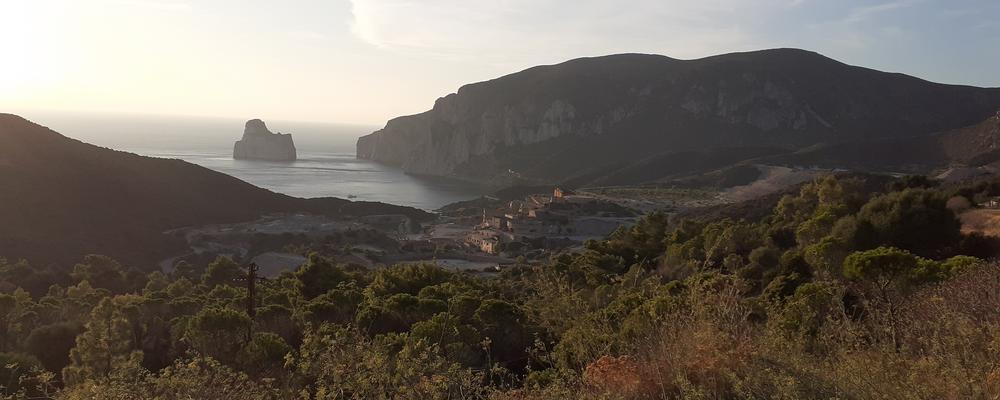
- Home
- News and events
- Find news
- Archaeologists are unearthing Sardinia’s hidden Bronze Age history
Archaeologists are unearthing Sardinia’s hidden Bronze Age history
Sardinia might have been more important for Bronze Age metal trading than researchers previously thought. Archaeologists from Gothenburg University are now looking for minerals on the island and have also been granted permission to take metal samples from objects held by museums.
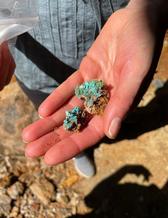
“The theory we’re working on is that Sardinian communities somehow managed to control the trade in specific resources, such as tin, which was in high demand,” says archaeologist Serena Sabatini.
“Tin is a rare mineral in the Mediterranean, but bronze can’t be made without it. The tin would have come from the British Isles, the Iberian Peninsula, Anatolia or Asia. Being able to control the flow of tin, especially to the major kingdoms in the Eastern Mediterranean, would have opened up lots of advantages.”
Serena Sabatini heads the research project The missing link? With researchers Malou Blank and Zofia Stos-Gale, she is researching the island of Sardinia and the Bronze Age metal trade. The background to their research is finds of copper of Sardinian origin in the Eastern Mediterranean and in North-Western Europe, including in Scandinavia.
The question the research team is asking themselves is why copper from the island is found across so wide an area.
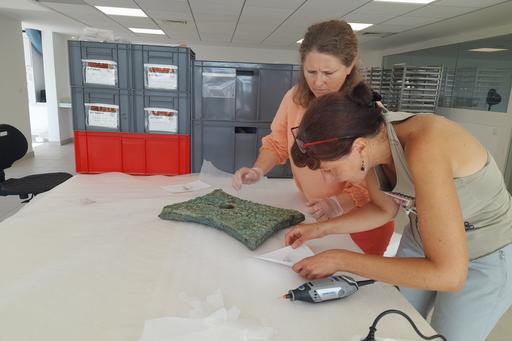
“Sardinia wasn’t a major producer of copper in the Bronze Age. That was Spain and Cyprus. This is why we think that the finds indicate that Sardinia played a significant role in trading in metals in some way.”
Clues in everyday objects
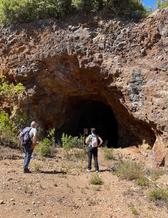
Sardinia is strategically located in the centre of the Western Mediterranean. Earlier finds of Bronze Age pottery show that the people of Sardinia were in contact with Cyprus.
“The finds are relatively ordinary pottery objects in common use. This indicates that people were moving from place to place in this area. If the finds had been finer ceramic items, they might have been traded due to their value. The most reasonable explanation is that this pottery was part of the equipment that people from Sardinia took with them to Cyprus,” Serena Sabatini explains.
The archaeologists’ theory is that the Bronze Age people living in Sardinia used some of the copper from the island in objects that they used themselves every day. Copper from the island was also used in international trading networks where it was bartered for other things, such as tin, which is alloyed with copper to produce bronze.
Castles and towers from the Bronze Age
There are many traces from the Bronze Age in Sardinia, including the ruins of several Nuragic towers. The towers are impressive structures, whose architecture is reminiscent of medieval castles in style.
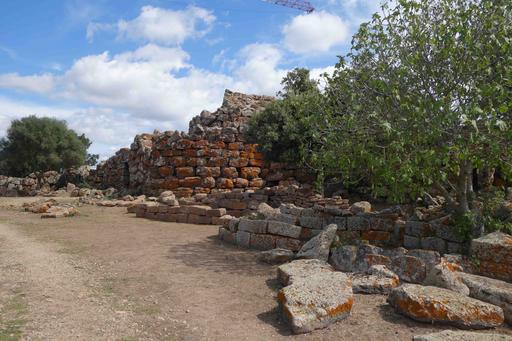
Return in spring 2024
The island is also known to be rich in minerals, and mining has been carried out on the island at different periods over thousands of years.
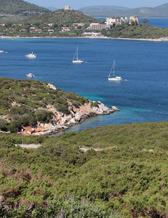
“The fact that Sardinia was mined for so long makes it difficult to find traces specifically dating from the Bronze Age. Others followed, coming to mine minerals in the Roman period, and then in the nineteenth and twentieth centuries. The mines here have been used for 3,000 years,” says Serena Sabatini.
What Serena Sabatini and her team of researchers are hoping to find are tools used in the mines during the Bronze Age.
“There are several tools in museums but for most of them no-one knows where they come from.”
The research team have made several trips to Sardinia to conduct studies.
“Unfortunately, we haven’t yet found any tools or visible traces of prehistoric mining. We will be going back to Sardinia again this spring to continue investigating the mining areas.”
Documentary and conference
The investigations in Sardinia have attracted a lot of interest. An international film team from French-German TV channel Arte is following the work of the archaeologists and last summer a research conference was held in Sardinia. As well as archaeologists from Gothenburg University, it was attended by researchers working in archaeometallurgy in the Western Mediterranean, a group of researchers from Aarhus University in Denmark and Italian researchers. Archaeometallurgy is the study of the remains and traces of metal crafts.
“We got together and discussed current research on Bronze Age Sardinia and metal trading between Scandinavia and the Mediterranean. At the same time, we paved the way for future collaboration,” says Serena Sabatini.
The missing link? is a research project funded by the Swedish Research Council.
Read more about the project at the project webbpage: The missing link?
Contact: Serena Sabatini, researcher
Text: Cecilia Sjöberg, Communications Officer (cecilia.sjoberg@gu.se)
